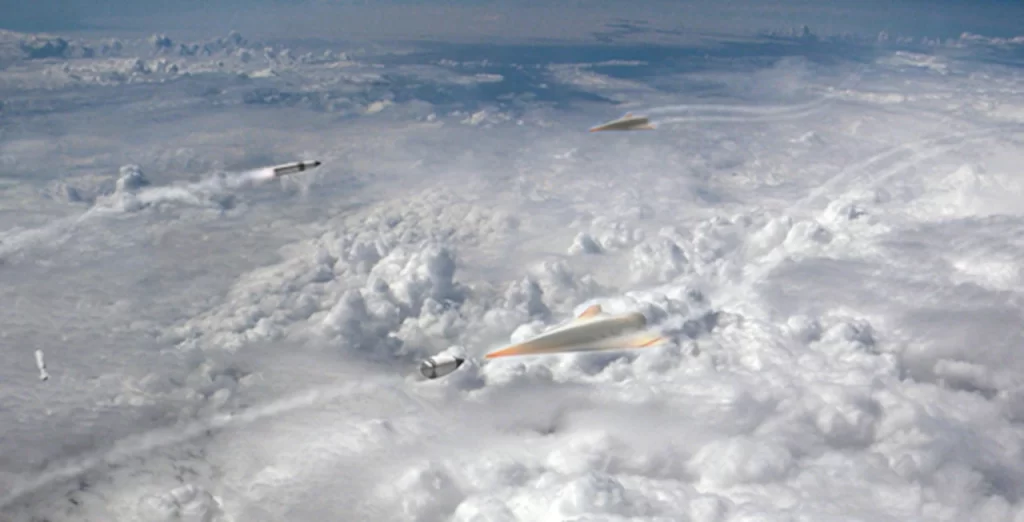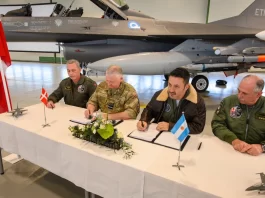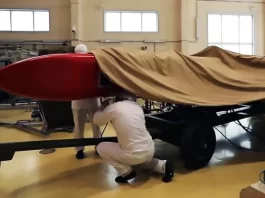Boeing announced today that it will develop and test technologies for a hypersonic interceptor prototype as part of Phase 2, a four-year effort for DARPA’s Glide Breaker programme. During flight experiments, Boeing will conduct computational fluid dynamics analysis, wind tunnel test, and evaluate aerodynamic jet interaction effects.
In 2018, DRAPA launched the Glide Breaker programme to develop and demonstrate technologies for defence against hypersonic systems. According to the BAA document, the Glide Breaker programme aims to counter hypersonic vehicles using a kill vehicle propelled by a divert and attitude control system that could be launched from an Aegis MK-41 Vertical Launch System to intercept hypersonic threats during their glide phase. Russia and China have deployed hypersonic glider weapons, and more countries are anticipated to follow suit.

According to Gil Gryphon, executive director of Boeing Phantom Works Advanced Weapons, hypersonic vehicles are among the most dangerous and swiftly evolving threats to national security. He added that the company is concentrating on technological comprehension to advance the nation’s counter-hypersonic capabilities and defend against future threats.
Glide Breaker is intended to inform the design and development of future hypersonic interceptors capable of destroying threats travelling at least five times the speed of sound in the upper atmosphere during the “glide phase” of flight. The Boeing-led development and testing will provide the foundation for future operational glide-phase interceptors capable of defending against these sophisticated and evolving hypersonic threats.
Gryphon explained that during this phase of the Glide Breaker programme, it will be determined how hypersonic airflow and firing jet thrusters to guide the vehicle influence system performance at extreme speed and altitude in a representative digital environment. “The enterprise is at the forefront of what is possible in terms of intercepting an extremely fast object in a highly dynamic environment,” he said.
The contract could be worth up to $70.5 million. On Friday, the Department of Defence announced that DARPA launched a competitive acquisition for the cost-plus-fixed-fee contract by the original broad agency announcement and is committing $8.2 million from fiscal year 2023 research and development funds.
Through February 2027, work will be performed in Alabama, California, Missouri, Maryland, Massachusetts, New York, Texas, Indiana, and Minnesota.
In April 2022, DARPA solicited proposals for Phase 2 of the programme to investigate jet interaction effects on a kill vehicle for hypersonic defence through wind tunnel and flight testing.





